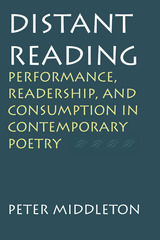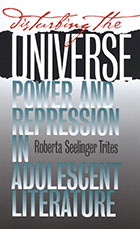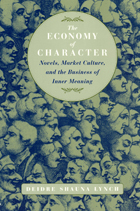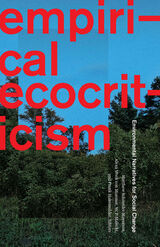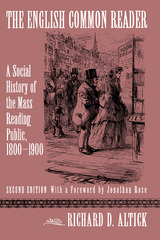The IS-LM Model: Its Rise, Fall, and Strange Persistence, Volume 36
Duke University Press
Cloth: 978-0-8223-6631-7
See other books on: Business & Economics | Economics | Fall | Its Rise | Political Science
See other titles from Duke University Press
Cloth: 978-0-8223-6631-7
ABOUT THIS BOOK | TOC
ABOUT THIS BOOK
For some twenty-five years after the end of the Second World War, the IS-LM model dominated macroeconomics. Inspired by the work of John Maynard Keynes, this model demonstrates the relationship among savings, income, investments, and interest rates, showing the point at which the interaction of these elements produces “equilibrium” in an economy. With the advent of the new classical macroeconomics in the early 1970s, the dominance of the IS-LM model was effectively challenged. While no longer central to the graduate training of most macroeconomists or to cutting-edge macroeconomic research, the IS-LM model continues to be a mainstay of undergraduate textbooks, to find wide use in applied macroeconomics, and to lie at the conceptual core of most government and commercial macroeconometric models. This volume, the annual supplement to History of Political Economy, explores the rise, the fall, and the persistence of the IS-LM model. In addition to presenting papers from the History of Political Economy conference held at Duke University in April 2003, the volume includes the text of an address delivered at the conference by Nobel laureate Robert E. Lucas Jr., one of the central players in the intellectual movement that dethroned the IS-LM model.
Contributors. Roger E. Backhouse, Mauro Boianovsky, Michael Bordo, David Colander, William Darity Jr., Michel De Vroey, Robert W. Dimand, Kevin D. Hoover, David Laidler, Robert E. Lucas Jr., Edward Nelson, Goulven Rubin, Anna Schwartz, Scott Sumner, Warren Young
See other books on: Business & Economics | Economics | Fall | Its Rise | Political Science
See other titles from Duke University Press

